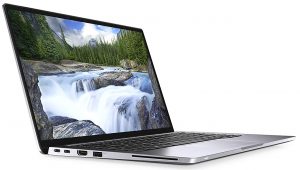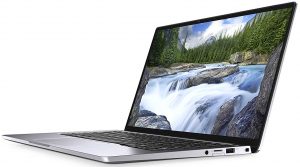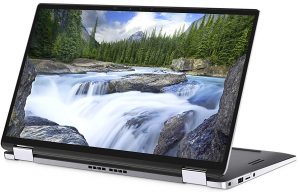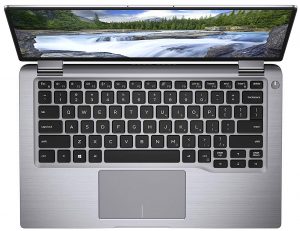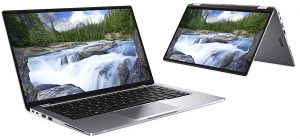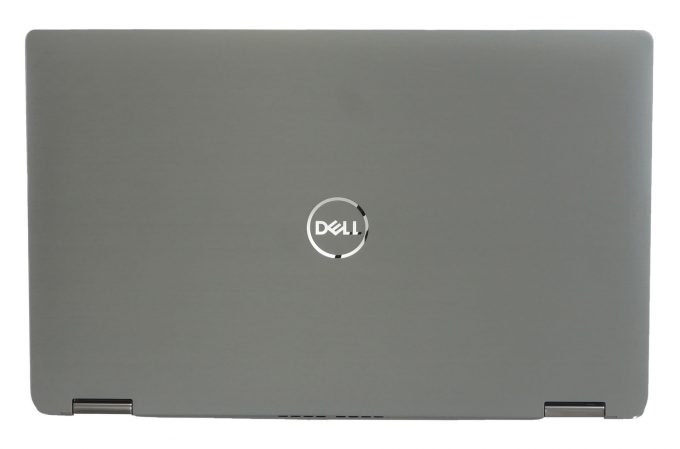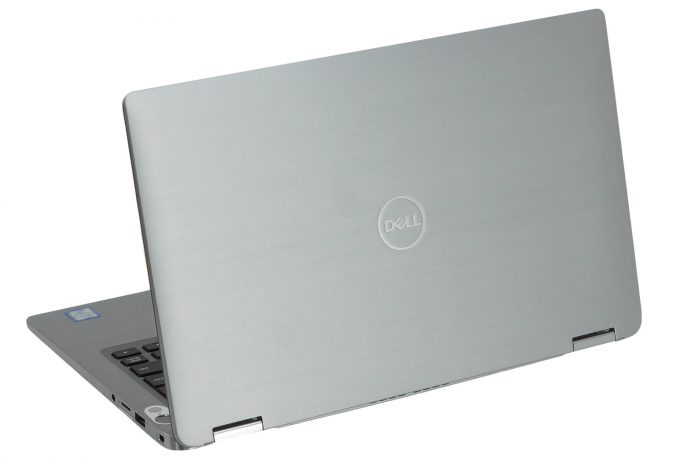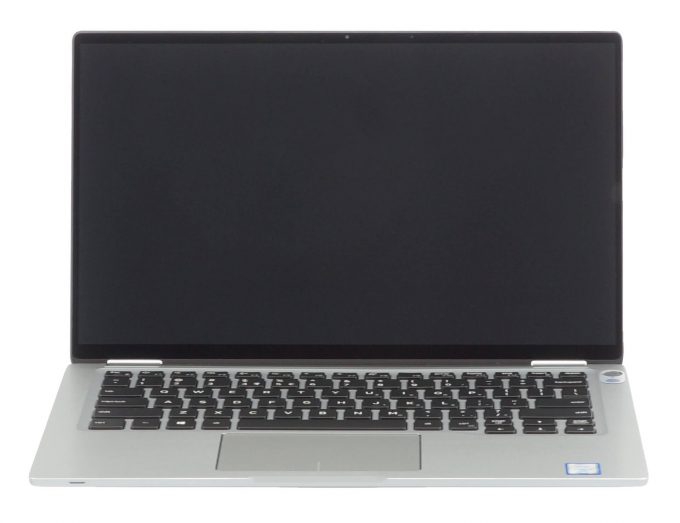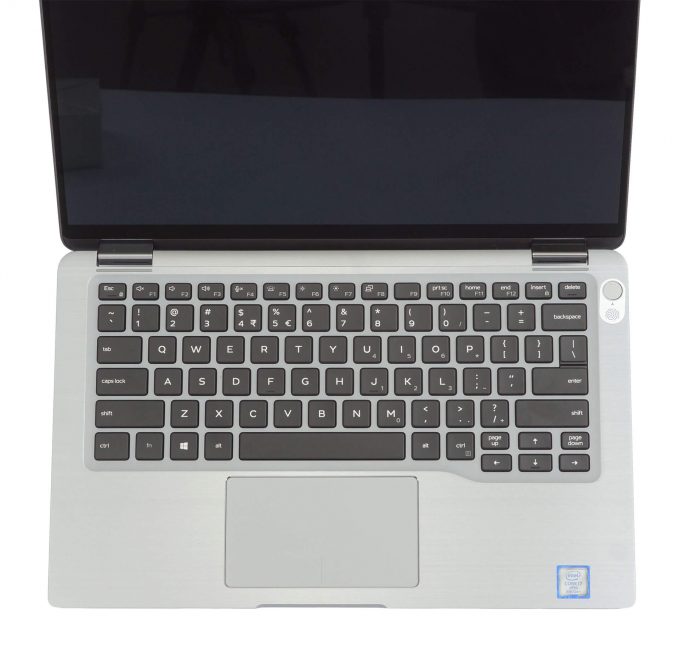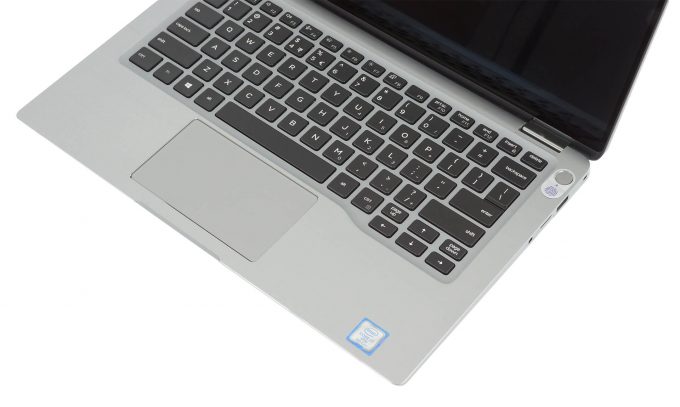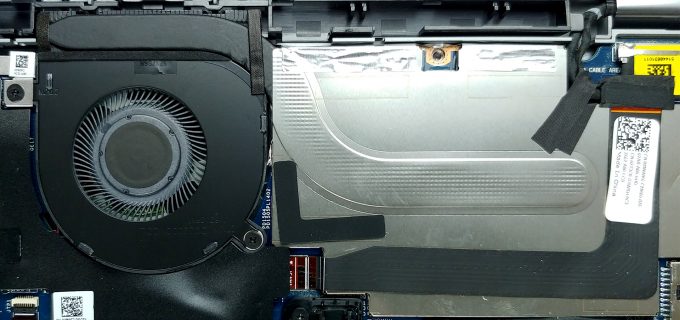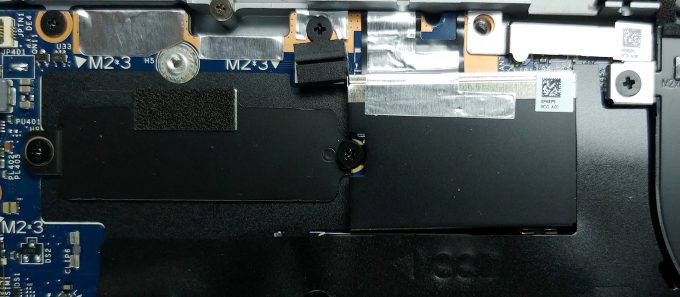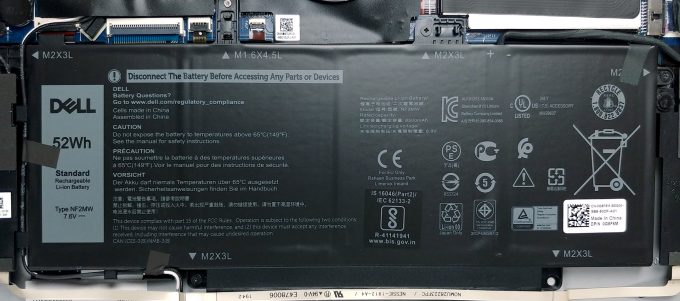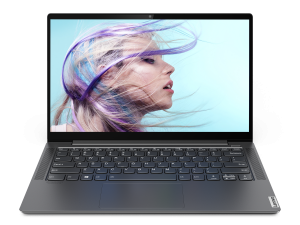Dell Latitude 7400 2-in-1 review – it’s able to detect your presence and unlock itself without the need to even touching it
 Dell’s Latitude series is a viable challenger in the business laptop world. Not only they offer great security enhancements, but also a wide range of devices, basically suiting every pocket. Today, we have the Latitude 7400 2-in-1 laying around our office, and we gave it our usual treatment.
Dell’s Latitude series is a viable challenger in the business laptop world. Not only they offer great security enhancements, but also a wide range of devices, basically suiting every pocket. Today, we have the Latitude 7400 2-in-1 laying around our office, and we gave it our usual treatment.
It is an astonishingly sexy little machine built entirely out of aluminum. There are some interesting features inside, including the ExpressSign-in, which works with a specially developed proximity sensor, which wakes up the laptop when you are around and automatically unlocks the laptop with the IR face recognition system. Of course, we didn’t take Dell’s word for that and we tested it, so you’ll see the results shortly.
Powering the laptop, there is up to a Core i7-8665U processor with the integrated UHD 620 graphics card. Indeed not a powerhouse, but still – this is one of the best ULV processors of its generation. We can’t really tell why Dell opted for the older generation, but it might be due to stability, or the availability of the vPro CPUs. Additionally, there are two battery-size options, a 52Wh and a beefy 78Wh one (our unit is equipped with the former).
You can check the prices and configurations in our Specs System: https://laptopmedia.com/series/dell-latitude-14-7400-2-in-1/
Contents
Specs Sheet
- HDD/SSD
- up to 2000GB SSD + up to 1000GB HDD
- M.2 Slot
- 1x 2280 PCIe NVMe 3.0 x4
- RAM
- up to 16GB
- OS
- Windows 10 Pro, Windows 10 Home
- Battery
- 52Wh, 4-cell, 60Wh, 4-cell
- Body material
- Aluminum
- Dimensions
- 319.7 x 199.9 x 14.9 mm (12.59" x 7.87" x 0.59")
- Weight
- 1.36 kg (3 lbs)
- Ports and connectivity
- 2x USB Type-A
- 3.2 Gen 1 (5 Gbps), Sleep and Charge
- 2x USB Type-C
- 3.2 Gen 1 (5 Gbps), Thunderbolt 3
- HDMI
- 1.4
- Card reader
- mSD, mSDHC, mSDXC
- Wi-Fi
- 802.11ac
- Bluetooth
- 5.0
- Audio jack
- 3.5 mm combo
- Optional Smart Card Reader
- Micro SIM Card Reader
- Features
- Fingerprint reader
- optional
- Web camera
- Backlit keyboard
- Microphone
- Speakers
- 2x 2W Speakers
- Optical drive
- Security Lock slot
All Dell Latitude 14 7400 (2-in-1) configurations
What’s in the box?
Inside the package, we found a 65W Power brick with USB Type-C plug (yep, it will charge your smartphone, as well), a dedicated stylus and the mandatory paper manuals.
Design and construction
The Latitude 7400 2-in-1 is sleek, guys. It has an extremely small footprint for a 14-incher, and it feels very, very premium. As we mentioned, it’s built entirely out of aluminum, while the display is covered with a Gorilla Glass 5, for extra protection and structural integrity. We also found easy to handle the device in day-to-day use, as it weighs only 1.36 kg (2.99 lbs). Then, in terms of profile, it starts from 8.53mm in its thinnest point and goes up to 14.9mm in its thickest.
Traditionally, for a 2-in-1, you won’t be able to open the lid with a single hand. However, we found the laptop exceptionally sturdy in terms of structure, as neither the base or the lid are susceptible to bending or flexing.
By the way, the first thing that gets into your mind when you open the lid is how thin are these bezels. Not only the side ones but the top and bottom, as well. This, in particular, is what makes the footprint of the device so small. Earlier, we mentioned a new proximity sensor that works in conjunction with Intel’s Context Sensing Technology. Okay, but how well does it work? Well, pretty good, actually. After you set up Windows Hello, just sleep the laptop, walk away, and as soon as you come back, it will detect your presence and start scanning for your face. And it works, every single time, provided you go away from the proximity sensor’s reach and then come back.
Next, there is the base, which is home to the keyboard, touchpad and Power On/Off button (also doubling as a fingerprint reader). The keyboard, itself is backlit, and despite its small keycaps is comfortable to type on. Mainly, because of the clicky feedback and somewhat long key travel.
Next, we have a touchpad that has a surface is made out of glass, which makes gliding pleasing, while the tracking is comfortable-enough. Its buttons are embedded underneath the surface and they feel clicky. However, a minor issue is the rather small size of the touchpad, itself. As of the fingerprint reader, it works extremely fast. Initially, we had some problems setting it up, as it continuously showed a message, that the reader might not be clean, while it was. However, restarting the laptop fixed the issue, and we had no problems ever since.
On the bottom plate, we can see a couple of speakers cut-outs, as well as a ventilation grill. Hot air, respectively, is blown out of the device from in between the lid and the base.
Ports
On the left side of the notebook, you can find two USB Type-C Thunderbolt 3 connectors, both of which can be used for charging. Then, there is an HDMI port, as well as a USB Type-A 3.1 (Gen. 1) port. On the right, you’ll see another USB Type-A 3.1 (Gen. 1) port, a MicroSD card slot, an optional LTE card slot, and a headphone jack.
Disassembly and upgrade options
If you want to get inside the Latitude 7400 2-in-1, there are 10 Phillips-head screws that stay attached to the panel after you unscrew them (similarly to the other Latitude devices). After you do that, start prying the bottom panel from the back – around the hinges. Then, lift the backside of the plate and slide it upwards, and you should be able to access the internals, already.
Its cooling features a single heat pipe, as well as a single (rather small) fan to blow the heat away from the heat sink.
As of the upgradability, well, the memory is soldered and is of LPDDR3 type. The maximum offering from Dell is 16GB and sadly, you won’t be able to upgrade it. However, it supports PCIe x4 M.2 drives for storage.
Battery-wise, there are two options – a 78Wh one, and a smaller – 52Wh, which our laptop uses.
Display quality
Dell Latitude 7400 2-in-1 has a Full HD display, model number Sharp LQ140M1-2T3C8 (SHP14A2). Its diagonal is 14″ (35.56 cm), and the resolution – 1920 х 1080. Additionally, the screen ratio is 16:9, the pixel density – 157 ppi, their pitch – 0.161 x 0.161 mm. The screen can be considered Retina when viewed from at least 56 cm (from this distance, the average human eye can’t see the individual pixels).

Its viewing angles are great. We have provided images at 45 degrees to evaluate quality.

The maximum measured brightness is 321 nits (cd/m2) in the middle of the screen and 298 nits (cd/m2) average across the surface with a maximum deviation of 15%. The Correlated Color Temperature on a white screen and at maximum brightness is 6350K (average) – slightly warmer than the 6500K optimum for sRGB.
In the illustration below you can see how the display performs from a uniformity perspective.
Values of dE2000 over 4.0 should not occur, and this parameter is one of the first you should check if you intend to use the laptop for color-sensitive work (a maximum tolerance of 2.0 ). The contrast ratio is very good – 1630:1 (1420:1 after profiling).
To make sure we are on the same page, we would like to give you a little introduction to the sRGB color gamut and the Adobe RGB. To start, there’s the CIE 1976 Uniform Chromaticity Diagram that represents the visible specter of colors by the human eye, giving you a better perception of the color gamut coverage and the color accuracy.
Inside the black triangle, you will see the standard color gamut (sRGB) that is being used by millions of people in HDTV and on the web. As for the Adobe RGB, this is used in professional cameras, monitors, etc for printing. Colors inside the black triangle are used by everyone and this is an essential part of the color quality and color accuracy of a mainstream notebook.
Still, we’ve included other color spaces like the famous DCI-P3 standard used by movie studios, as well as the digital UHD Rec.2020 standard. Rec.2020, however, is still a thing of the future and it’s difficult for today’s displays to cover that well. We’ve also included the so-called Michael Pointer gamut, or Pointer’s gamut, which represents the colors that naturally occur around us every day.
The yellow dotted line shows Dell Latitude 7400 2-in-1’s color gamut coverage.
Its display covers 95% of the sRGB/ITU-R BT.709 (web/HDTV standard) in CIE1976.

Our “Design and Gaming” profile delivers optimal color temperature (6500K) at 140 cd/m2 luminance and sRGB gamma mode.
We tested the accuracy of the display with 24 commonly used colors like light and dark human skin, blue sky, green grass, orange, etc. You can check out the results at factory condition and also, with the “Design and Gaming” profile.
Below you can compare the scores of Dell Latitude 7400 2-in-1 with the default settings (left), and with the “Gaming and Web design” profile (right).
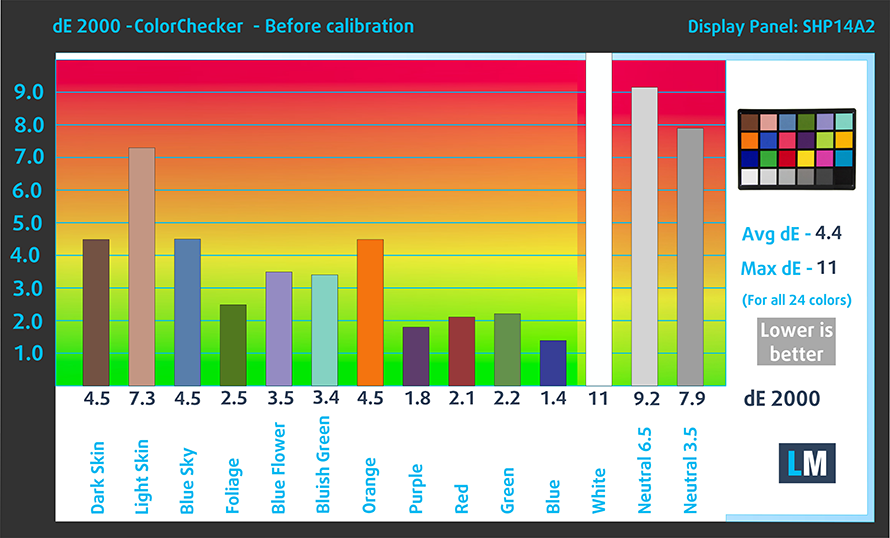
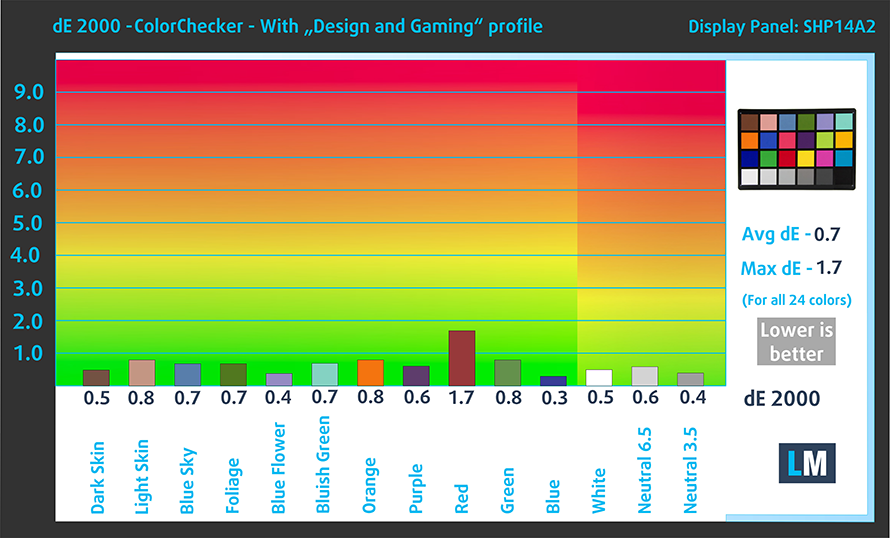
The next figure shows how well the display can reproduce dark parts of an image, which is essential when watching movies or playing games in low ambient light.
The left side of the image represents the display with stock settings, while the right one is with the “Gaming and Web Design” profile activated. On the horizontal axis, you will find the grayscale and on the vertical axis – the luminance of the display. On the two graphs below you can easily check for yourself how your display handles the darkest nuances but keep in mind that this also depends on the settings of your current display, the calibration, the viewing angle, and the surrounding light conditions.
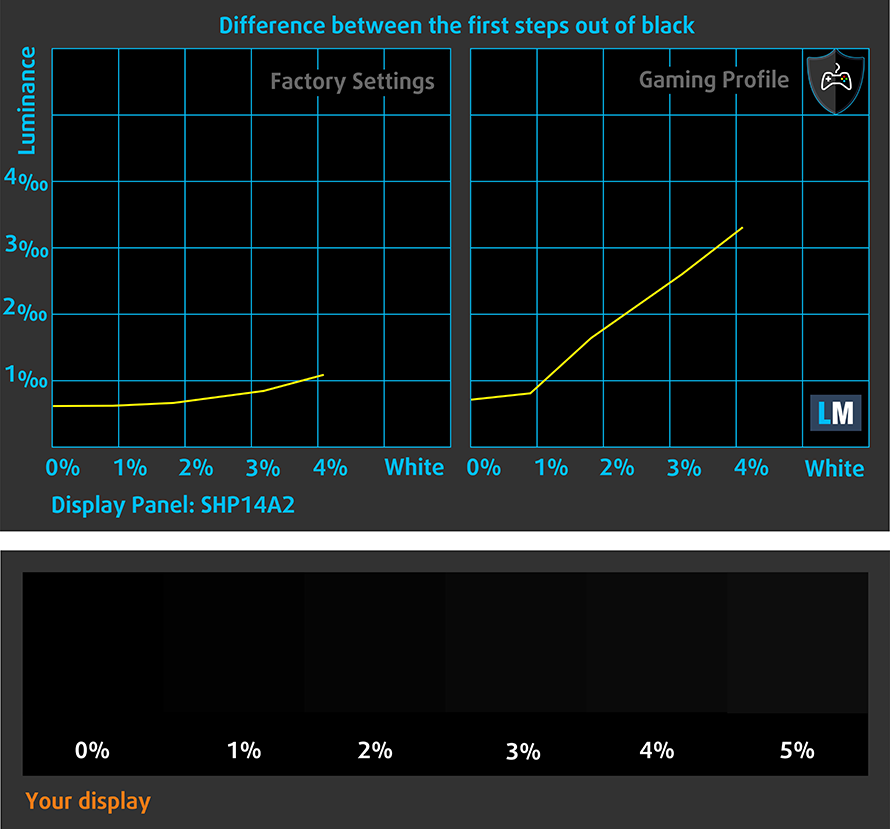
Response time (Gaming capabilities)
We test the reaction time of the pixels with the usual “black-to-white” and “white-to-black” method from 10% to 90% and vice versa.
We recorded Fall Time + Rise Time = 39 ms – one of the slowest out there.
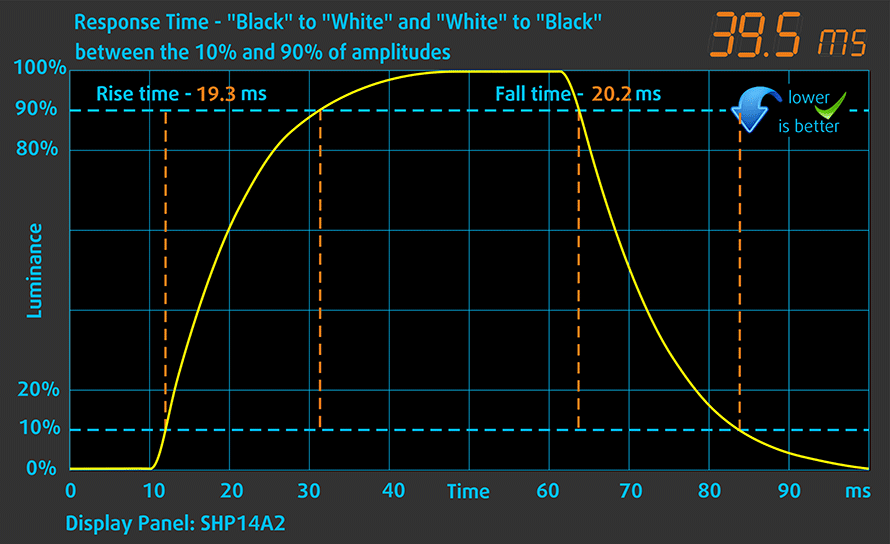
Health impact – PWM / Blue Light
PWM (Screen flickering)
Pulse-width modulation (PWM) is an easy way to control monitor brightness. When you lower the brightness, the light intensity of the backlight is not lowered, but instead turned off and on by the electronics with a frequency indistinguishable to the human eye. In these light impulses, the light/no-light time ratio varies, while brightness remains unchanged, which is harmful to your eyes. You can read more about that in our dedicated article on PWM.
Dell Latitude 7400 2-in-1’s display uses PWM for brightness adjustment up until 80 nits and with a rather high frequency. This makes it comfortable for your eyes during long work periods in this aspect.
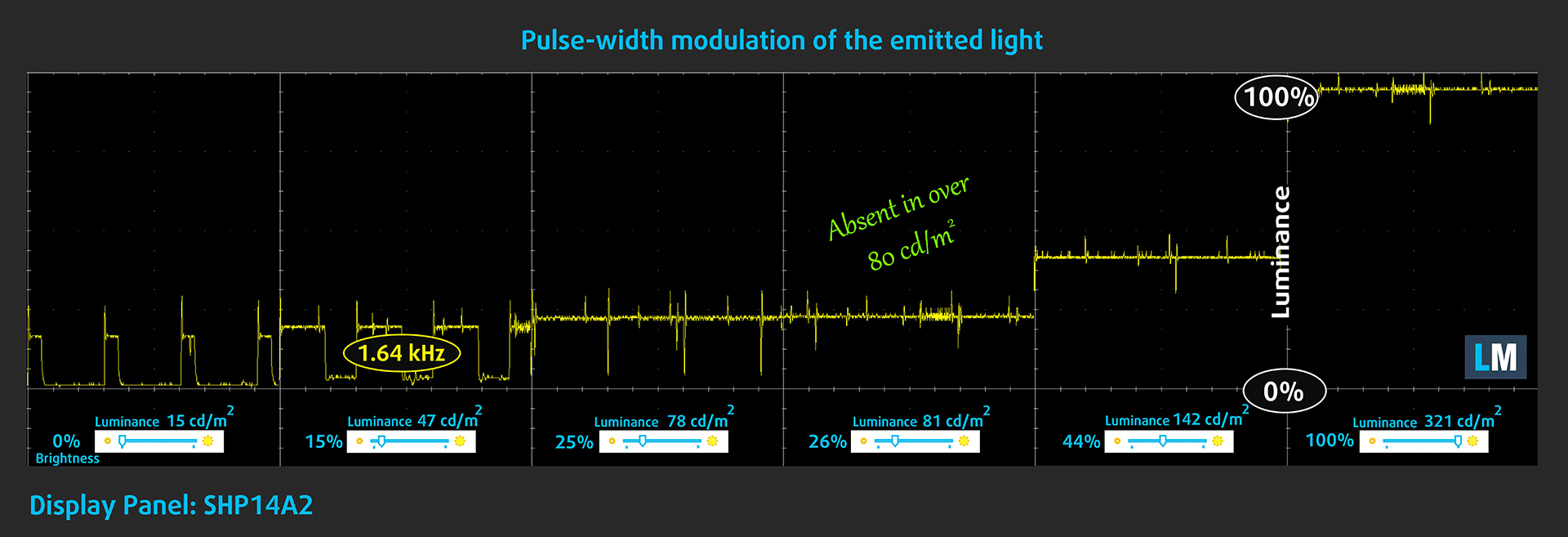
Blue light emissions
Installing our Health-Guard profile not only eliminates PWM but also reduces the harmful Blue Light emissions while keeping the colors of the screen perceptually accurate. If you’re not familiar with the Blue light, the TL;DR version is – emissions that negatively affect your eyes, skin and your whole body. You can find more information about that in our dedicated article on Blue Light.
Conclusions
Dell Latitude 7400 2-in-1’s display has a touchscreen IPS panel with Full HD resolution, comfortable viewing angles, a very good contrast ratio and 95% of sRGB coverage. Additionally, it doesn’t use harmful PWM for brightness adjustment and although the panel, itself, has slow response times, it produces a pleasant image. With our Gaming and Web design profile applied, the colors become extremely accurate for the Web standards, which is appropriate for designers, as well as retailers and customers, who need accuracy when displaying or buying items from the Web.
Buy our profiles
Since our profiles are tailored for each display model, this article and its respective profile package are meant for Dell Latitude 7400 2-in-1 configurations with 14.0″ Sharp LQ140M1-2T3C8 (SHP14A2) (FHD, 1920 × 1080) IPS panel.
*Should you have problems with downloading the purchased file, try using a different browser to open the link you’ll receive via e-mail. If the download target is a .php file instead of an archive, change the file extension to .zip or contact us at [email protected].
Read more about the profiles HERE.
In addition to receiving efficient and health-friendly profiles, by buying LaptopMedia's products you also support the development of our labs, where we test devices in order to produce the most objective reviews possible.

Office Work
Office Work should be used mostly by users who spend most of the time looking at pieces of text, tables or just surfing. This profile aims to deliver better distinctness and clarity by keeping a flat gamma curve (2.20), native color temperature and perceptually accurate colors.

Design and Gaming
This profile is aimed at designers who work with colors professionally, and for games and movies as well. Design and Gaming takes display panels to their limits, making them as accurate as possible in the sRGB IEC61966-2-1 standard for Web and HDTV, at white point D65.

Health-Guard
Health-Guard eliminates the harmful Pulse-Width Modulation (PWM) and reduces the negative Blue Light which affects our eyes and body. Since it’s custom tailored for every panel, it manages to keep the colors perceptually accurate. Health-Guard simulates paper so the pressure on the eyes is greatly reduced.
Get all 3 profiles with 33% discount
Sound
Dell Latitude 7400 2-in-1’s speakers produce sound with good quality. It’s relatively loud and has some mild punch, but the lows, mids, and highs have deviations from clarity.
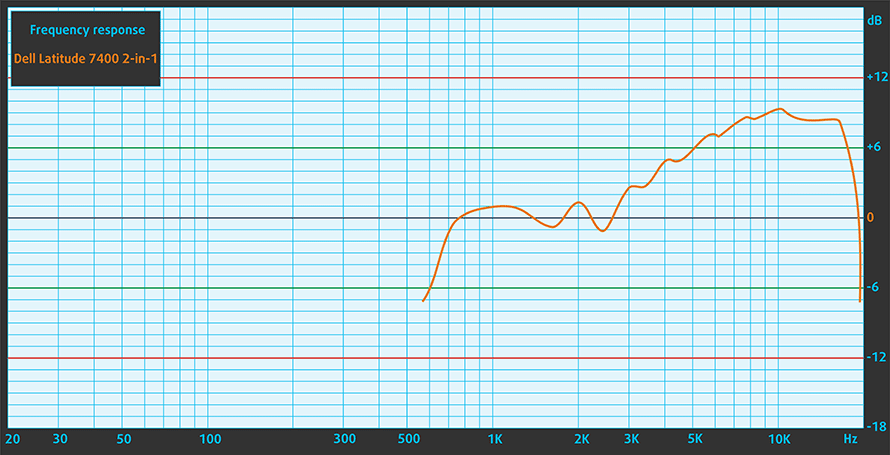
Drivers
You can download all of the drivers and utilities for this notebook from here: https://www.dell.com/support/home/us/en/04/product-support/product/latitude-14-7400-2-in-1-laptop/drivers
Battery
Now, we conduct the battery tests with Windows Better performance setting turned on, screen brightness adjusted to 120 nits and all other programs turned off except for the one we are testing the notebook with. Our 52Wh unit managed to provide quite a lot of battery life.
We got 18 hours of Web browsing and almost 14 hours of video playback, which means you get solid two-day work time on a single battery.
In order to simulate real-life conditions, we used our own script for automatic web browsing through over 70 websites.
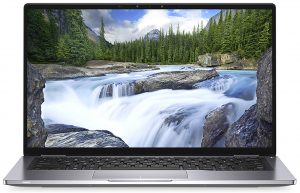
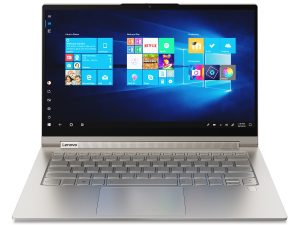
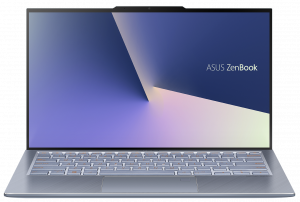
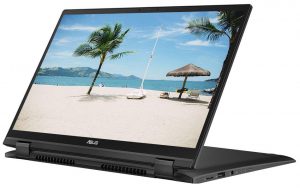
For every test like this, we use the same video in HD.




CPU options
This laptop comes with a range of 14nm Whiskey Lake processors. They include the Core i5-8265U, as well as two vPro-enabled processors – the Core i5-8365U and the Core i7-8665U.
Results are from the Cinebench 20 CPU test (the higher the score, the better)
Results are from our Photoshop benchmark test (the lower the score, the better)
Dell Latitude 14 7400 (2-in-1) CPU variants
Here you can see an approximate comparison between the CPUs that can be found in the Dell Latitude 14 7400 (2-in-1) models on the market. This way you can decide for yourself which Dell Latitude 14 7400 (2-in-1) model is the best bang for your buck.
Note: The chart shows the cheapest different CPU configurations so you should check what the other specifications of these laptops are by clicking on the laptop’s name / CPU.
Results are from the Cinebench 20 CPU test (the higher the score, the better)
Results are from our Photoshop benchmark test (the lower the score, the better)
GPU options
Since there is no dedicated GPU option, you are stuck with the integrated Intel UHD Graphics 620.
Results are from the 3DMark: Fire Strike (Graphics) benchmark (higher the score, the better)
Results are from the Unigine Superposition benchmark (higher the score, the better)
Gaming tests

| CS:GO | HD 1080p, Low (Check settings) | HD 1080p, Medium (Check settings) | HD 1080p, MAX (Check settings) |
|---|---|---|---|
| Average FPS | 47 fps | 29 fps | – fps |
Temperatures and comfort
Max CPU load
In this test we use 100% on the CPU cores, monitoring their frequencies and chip temperature. The first column shows a computer’s reaction to a short load (2-10 seconds), the second column simulates a serious task (between 15 and 30 seconds), and the third column is a good indicator of how good the laptop is for long loads such as video rendering.
Average core frequency (base frequency + X); CPU temp.
| Intel Core i7-8665U (15W TDP): | 0:02 – 0:10 sec | 0:15 – 0:30 sec | 10:00 – 15:00 min |
|---|---|---|---|
| Dell Latitude 5300 | 3.21 GHz (B+69%) @ 94°C | 2.06 GHz (B+8%) @ 88°C | 2.07 GHz (B+9%) @ 92°C |
| Dell Latitude 5300 | 2.94 GHz (B+55%) @ 98°C | 2.59 GHz (B+36%) @ 99°C | 2.31 GHz (B+22%) @ 88°C |
| Fujitsu Lifebook U939X | 2.65 GHz (B+39%) @ 97°C | 2.29 GHz (B+21%) @ 98°C | 1.88 GHz @ 86°C |
| Intel Core i7-8650U (15W TDP): | 0:02 – 0:10 sec | 0:15 – 0:30 sec | 10:00 – 15:00 min |
| Lenovo ThinkPad X1 Yoga 3rd Gen | 2.24 GHz (B+24%) @ 85°C | 1.88 GHz (B+4%) @ 85°C | 1.91 GHz (B+6%) @ 85°C |
Quite frankly, none of the laptops equipped with this processor we’ve tested are able to cool it adequately enough. This means that the temperature of above 90C is no stranger to the Core i7-8665U, but it may result in quite uncomfortable situations when it comes to exterior temps.
Comfort during full load
This laptop’s fan is incredibly silent, even after 15 minutes of full CPU load. However, we measured temperatures exceeding 50C on the keyboard, while the left side of the palm-rest area feels warm as well.


Verdict
 Now, let’s put it straight, the Latitude 7400 2-in-1 is not a cheap laptop. Even the most budget-conscious offering costs around $1100 and has only 128GB of SSD storage. If you bump up the storage and choose a faster processor, your price might reach as high as 1800-2000 bucks. However, what do you get for your money?
Now, let’s put it straight, the Latitude 7400 2-in-1 is not a cheap laptop. Even the most budget-conscious offering costs around $1100 and has only 128GB of SSD storage. If you bump up the storage and choose a faster processor, your price might reach as high as 1800-2000 bucks. However, what do you get for your money?
Simple answer – a lot. This is a device that comes with two Thunderbolt connectors, which can be used for DisplayPort output, connecting an external GPU, charging and data – basically everything you might need. Additionally, there is a MicroSD if you need to quickly upload some photos from your camera, as well as an optional LTE connectivity.
Then, there is the build quality – this device is one of the best-constructed 2-in-1 notebooks we have ever had in our lab. It features an all-aluminum chassis and has a Gorilla Glass 5 protection on the display. Speaking of which – the bezels on this thing are ridiculously thin – something similar to the Lenovo Ideapad S940.
Dell Latitude 7400 2-in-1’s display has a touchscreen IPS panel (SHP14A2) with Full HD resolution, comfortable viewing angles, a very good contrast ratio and 95% of sRGB coverage. Additionally, it doesn’t use harmful PWM for brightness adjustment and although the panel, itself, has slow response times, it produces a pleasant image. With our Gaming and Web design profile applied, the colors become extremely accurate for the Web standards, which is appropriate for designers, as well as retailers and customers, who need accuracy when displaying or buying items from the Web.
Also, the device comes with a dedicated Pen inside the box, which is pretty neat. Despite some shortcomings here and there, including the soldered memory and sub-stellar performance, this is a very solid business machine that will provide you with almost two days of work solely on battery power.
Pros
- Stylish and strong all-aluminum design and Gorilla Glass 5 screen protection
- Covers 95% of sRGB colors (SHP14A2) and has a great color accuracy when our Gaming and Web design profile is present
- Great battery life
- Detects your presence and unlocks the laptop automatically, when it sees your face, without you needing to touch anything
- Two Thunderbolt 3.0 ports, a MicroSD card reader and an optional LTE card slot
- Supports PCIe x4 M.2 SSDs
- Doesn’t use aggressive PWM for brightness adjustment (SHP14A2)
Cons
- Premium price tag
- Memory is soldered to the motherboard
- Get’s really warm under heavy load
You can check the prices and configurations in our Specs System: https://laptopmedia.com/series/dell-latitude-14-7400-2-in-1/
